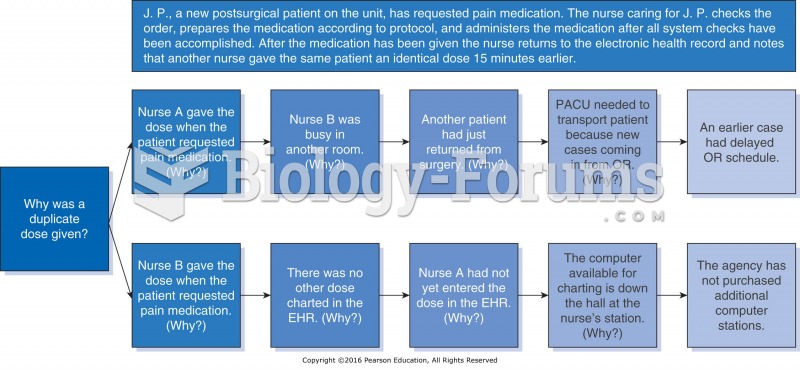Answer to Question 1
The Expert Committee Recommendations Regarding the Prevention, Assessment, and Treatment of Child and Adolescent Overweight and Obesity include the following criteria for adolescents being considered for weight-loss surgery:
Failure of at least six months of organized weight-loss attempts as determined by their primary care provider
Severely obese (BMI 40 or greater) with serious obesity-related medical complications or have a BMI of 50 or more with less-severe co-morbidities
Co-morbidities related to obesity that might be resolved with durable weight loss
Attainment of a majority of skeletal maturity (generally at least 13 years of age for girls and at least 15 years of age for boys).
Demonstrate commitment to comprehensive medical and psychological evaluations both before and after weight-loss surgery
Capable and willing to adhere to nutritional guidelines post-operatively
Able to decide and participate in the decision to undergo weight-loss surgery.
Have a supportive family environment
Evaluated by a multi-disciplinary team involved in patient selection, preparation, and surgery as well as immediate and long-term post-operative follow-up care
Potential candidates should be referred to centers with multi-disciplinary weight-management teams that have expertise in meeting the unique needs of obese adolescents. Surgery should be performed in institutions equipped to meet the tertiary needs of severely obese patients that collect long-term data on the clinical outcomes of these patients.
Answer to Question 2
Primary diseases that lead to CKD are:
- Diabetes (45 of patients)
- Hypertension (27)
- Glomerulonephritis (13)
- Hereditary cystic and congenital renal disease (4)
- Interstitial nephritis and pyelonephritis
In diabetic nephropathy, the earliest detectable change is a thickening in the glomerulus probably caused by hyperglycemia and a change in the basement membrane.
At this stage, the kidney may start allowing more protein (albumin) than normal to be excreted in the urine.
As nephropathy progresses, increasing numbers of glomeruli are destroyed and increasing amounts of albumin are excreted.
As the number of functioning nephrons declines, each remaining nephron must clear an increasing solute load.
Eventually, the limit to the amount of solute that can be cleared is achieved and the concentration in body fluids increases, leading to azotemia and uremia.
Because progression is slow (microalbuminuria can last up to 5-10 years before other symptoms develop), the body can partially adapt to the changes.
As diabetic nephropathy progresses, increasing numbers of glomeruli are destroyed.
At this stage, the amount of albumin being excreted in the urine increases, and can be detected by a urinalysis.
In addition to the damage to the glomerulus, the increased blood pressure that can be a result of diabetes can further exacerbate kidney damage







